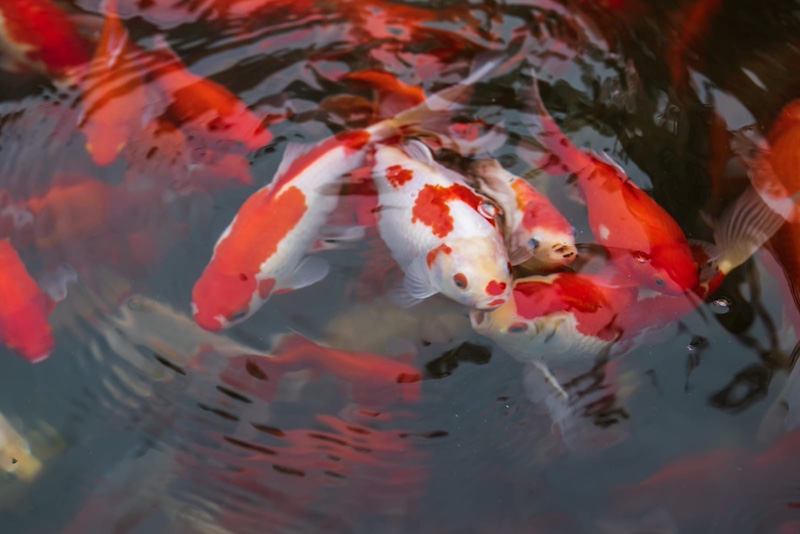Koi fish, with their vibrant colors and graceful movements, have long been cherished in ponds and water gardens around the world. These captivating creatures are more than just ornamental; they possess a fascinating history and unique characteristics that might surprise even the most dedicated fish enthusiasts. Here are ten surprising facts about koi fish that highlight their intriguing nature.
1. Ancient Origins

Koi fish, or Cyprinus carpio, trace their origins back over 2,000 years to China. The art of koi breeding was developed in Japan in the early 19th century when these ordinary carp were selectively bred for their aesthetic qualities. The Japanese admired the fish for their beauty, and koi quickly became a symbol of prosperity and good fortune.
2. A Rainbow of Colors
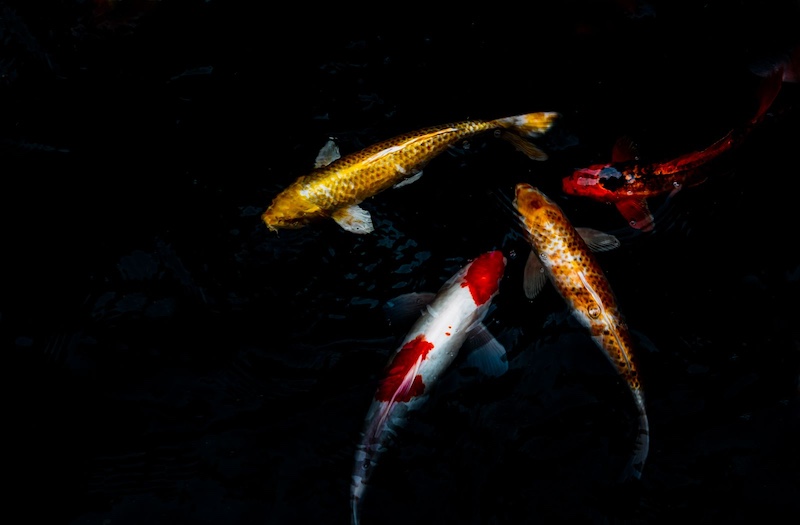
While many people associate koi fish with red, orange, and white hues, these fish come in a stunning variety of colors and patterns. Koi can display shades of blue, black, yellow, and even metallic. Each color pattern has a specific name, such as Kohaku (red and white), Sanke (red, white, and black), and Shiro Utsuri (black and white), reflecting the rich diversity within the koi community.
3. Impressive Lifespan
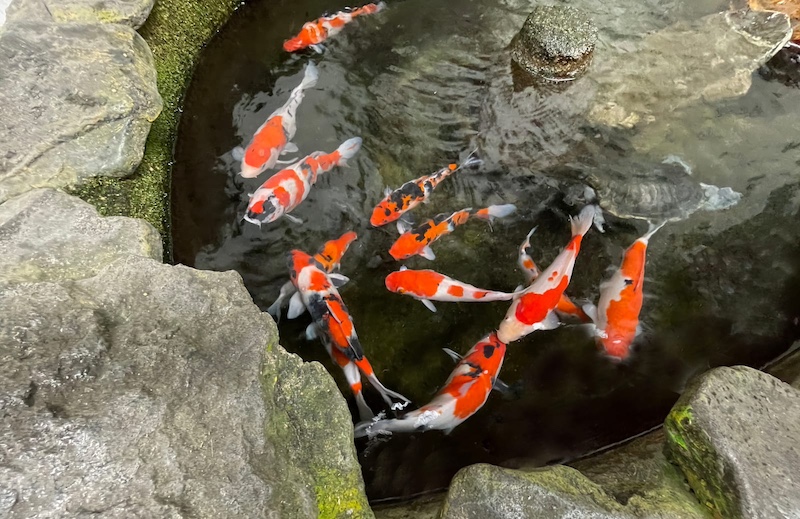
Koi fish are known for their remarkable longevity. With proper care, koi can live for several decades, and it’s not uncommon for them to reach 20 to 30 years of age. Some well-cared-for koi have even been known to live over 200 years! The longest-lived koi, named Hanako, reportedly lived for 226 years, demonstrating the impressive resilience and vitality of these fish.
4. Social and Intelligent
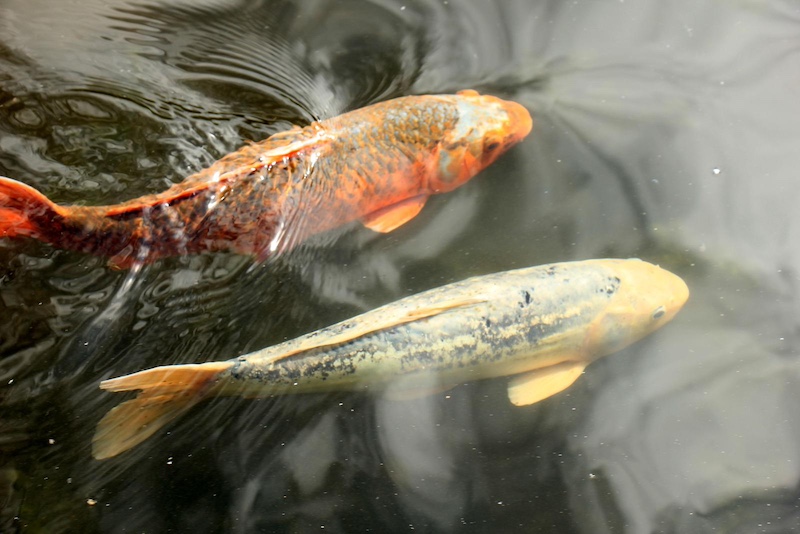
Contrary to the perception of fish as solitary creatures, koi are highly social and intelligent. They can recognize their owners and even respond to their presence. Koi often swim to the surface of the pond to greet their keepers, and they can be trained to perform simple tricks, such as eating from the hand. Their social nature makes them engaging pets, as they form bonds with both humans and other koi in their environment.
5. Koi Fish Have Their Own Language
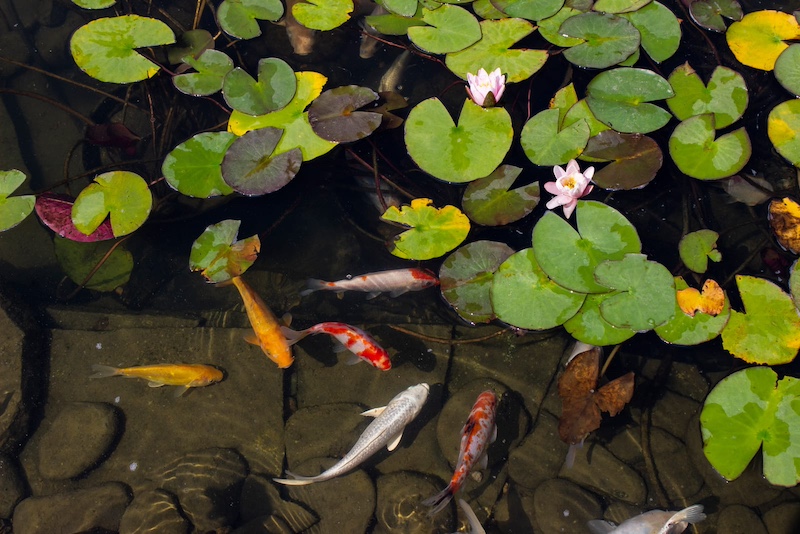
Koi fish communicate with each other using a combination of body language and sounds. They produce a range of vocalizations, from gentle “chirps” to more intense “grunts,” which serve as a means of expressing their feelings and intentions. This ability to communicate helps maintain harmony within a koi pond, allowing fish to establish social hierarchies and coordinate their movements.
6. Koi Are Symbolic in Japanese Culture

In Japanese culture, koi fish hold deep symbolic meaning. They are often associated with strength, perseverance, and determination, due to their ability to swim upstream against strong currents. In addition, koi are seen as symbols of good fortune and success. The Japanese tradition of “Koi No Takinobori” involves raising koi to symbolize one’s aspiration to overcome life’s challenges and achieve greatness.
7. Unique Growth Patterns
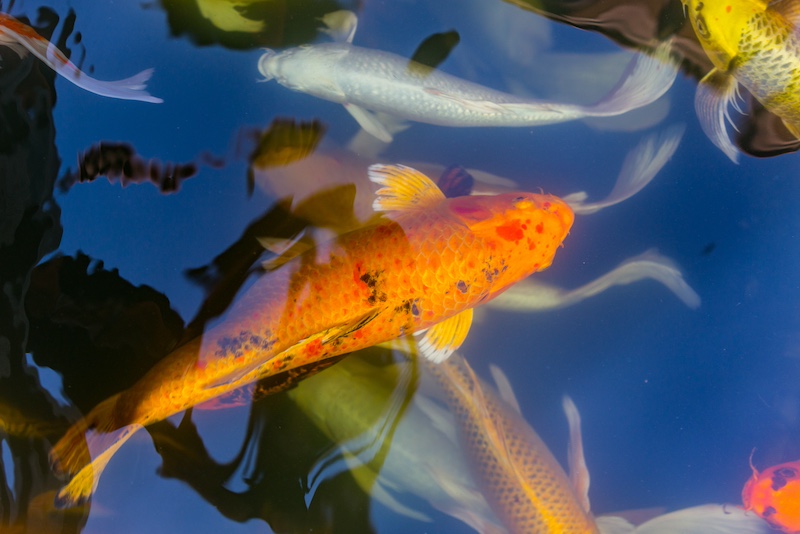
Koi fish exhibit unique growth patterns depending on their environment and diet. In ideal conditions, koi can grow quite large, with some varieties reaching lengths of over 36 inches. Their growth rate is influenced by factors such as water temperature, quality, and the type of food they receive. High-quality koi food, rich in nutrients, can promote faster growth and more vibrant colors.
8. Koi Breeding Is a Highly Specialized Art
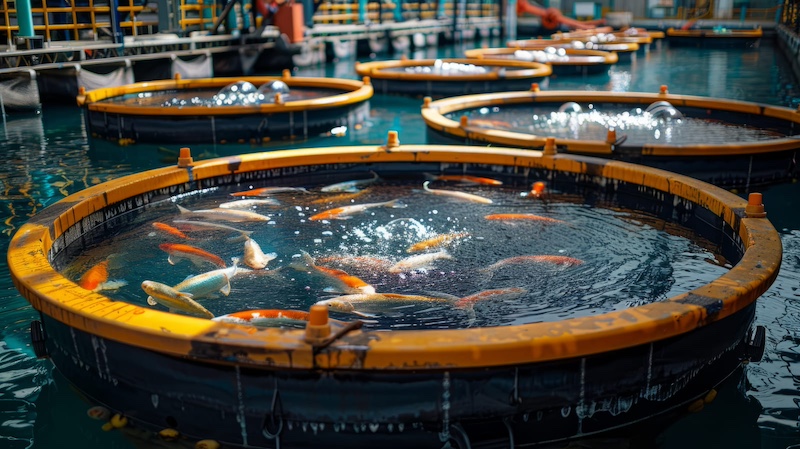
Breeding koi fish is a highly specialized art that requires careful planning and expertise. Breeders select parent fish based on specific traits and desired outcomes, such as color patterns and body shape. The process involves meticulous monitoring of water conditions and the careful nurturing of koi eggs and fry. The end result is a wide variety of stunning koi fish, each with its own unique characteristics.
9. Koi Fish Can Live in Various Climates
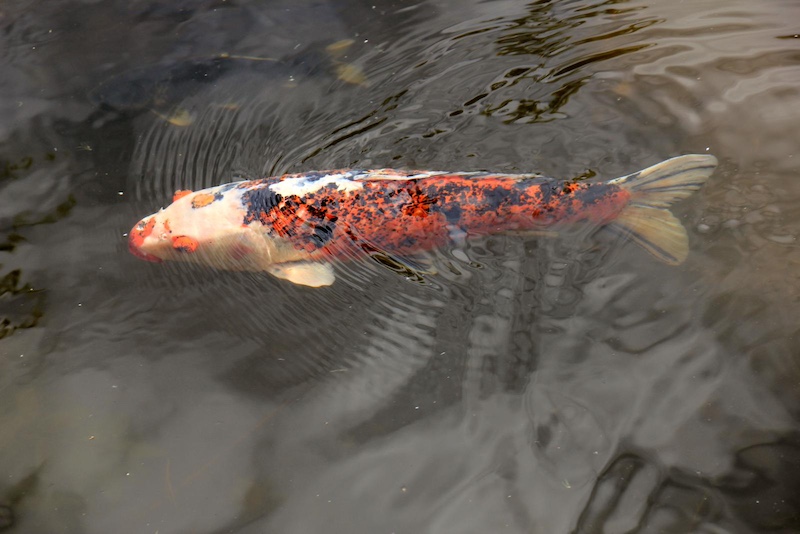
While koi fish are commonly associated with temperate climates, they are surprisingly adaptable and can thrive in a range of environments. They can survive in both cold and warm climates, as long as their pond is properly maintained. In colder regions, koi may enter a state of dormancy during winter, requiring less food and reduced water circulation. In warmer climates, they need a well-oxygenated pond with adequate shade to prevent overheating.
10. Koi Fish Have a Keen Sense of Taste
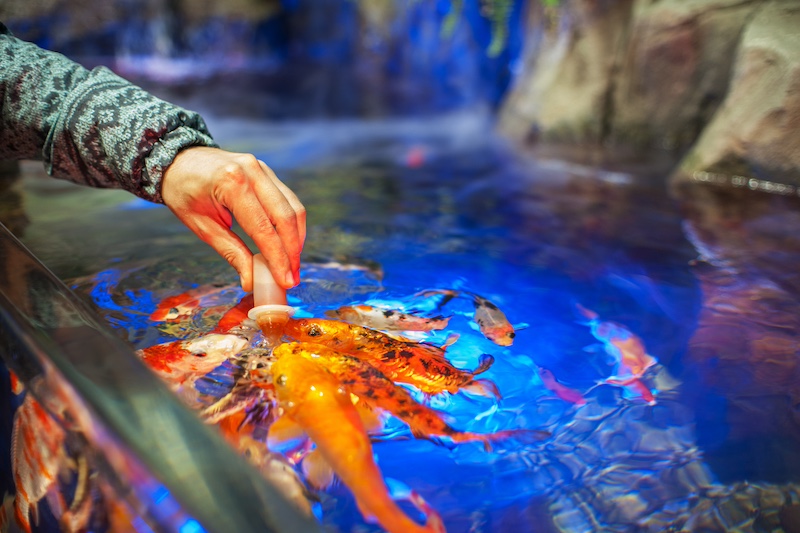
Koi fish possess a highly developed sense of taste, thanks to taste buds located on their lips, tongue, and inside their mouths. This keen sense of taste helps them detect and differentiate between various types of food. It also plays a role in their ability to identify potential dangers in their environment. Koi are known to nibble on different substances to explore their surroundings, showcasing their curiosity and sensory capabilities.
This content was created with the assistance of AI and thoroughly edited by a human before publishing.

